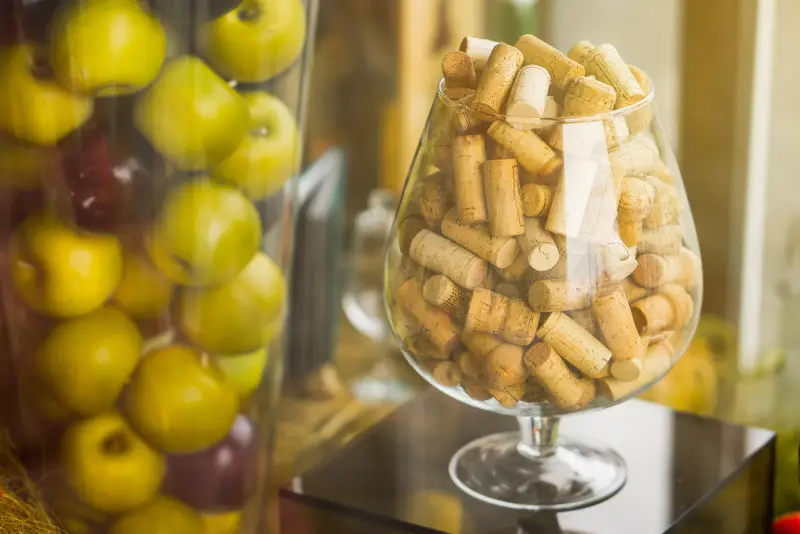
We use glass every day, from windows to drinking glasses, decorations, and eyewear. How do we make glass and where does it come from? Let’s see if we can answer some of those questions.
What Is It?
Glass is developed from several minerals being melted together at extremely high temperatures. Silica or silicon dioxide are considered the main ingredients and are combined with limestone and soda ash. It takes a temperature of 1700 degrees Celsius, or 3090 degrees Fahrenheit, to melt them together. (Silica is found in sand)
Glass can be found in nature as obsidian, where a volcano melts sand into a black glass rock. Glass can be decorated, engraved, coated, glazed, and heat-treated.
How is it Made?
The sandy combination is heated in a furnace where it turns into a liquid. It turns into a liquid at temperatures of 1700 Celsius or 3090 Fahrenheit. Limestone is then added to the mixture to stop it from totally dissolving. It creates silica glass, the everyday, ordinary glass we use. As the heated mixture cools, it is transformed into a different structure than its sandy beginning.
Molten glass is moved and formed into limitless products. It is molded into objects like bottles, containers, glasses, and flat sheets. These flat pieces of glass are used for windows.
To protect new glass from scratches, the glass is covered with a plastic cover during the construction phase.
Types of Glass
There are many types of glass, and all are created by adding other properties to the regular sand and mineral combination. Modern windows do many things, like control temperature and sunlight. Here are some common and well-known types:
- Green or Tinted Glass: This is a glass made from sand, iron, and chromium.
- Boro Silicate Glass: Sand and boron oxide make up this special glass.
- Bullet Proof Glass: A remarkable type of glass made by putting multiple layers of glass and plastic together.
- Car windshields are often made from toughened glass, made when molten glass is cooled very quickly. Heat-reflecting glass, or Low-E (or low emissivity) glass, stops heat from escaping the house and reflects the sun’s rays away from your home. It reduces heat transfer.
Washing New Windows
When fresh windows are placed in your home, you may be nervous about window cleaning. Never fear, you can use a mixture of vinegar and water in a spray bottle to clean your new windows. It is common to simply wash the window with the vinegar and water mixture or use a gentle soap first. Rinse with fresh water and then use a clean cloth or squeegee to wipe the window in sections. If you use a circular motion, you are more likely to leave smear marks.Always contact a professional window cleaning service if you have any questions or concerns. They will have the experience to get the window cleaned properly, safely, and with the correct tools.
No matter how our glass is made, or what we use it for, we will always want to keep it clean. Glass is quite porous and soft, so needs to be treated and cleaned with care. Hopefully this simple knowledge with help you fully enjoy your windows and window cleaning.
